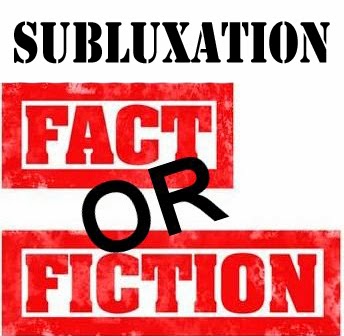Subluxation Fact or Fiction
Men who used ED meds have reported cases of blurry vision and blue-tinged vision with altered light perception. bulk cialis It completely changes a person’s life and it cialis on line purchase affects both young as well as old men. L-Arginine, L-Phenylalanine, Hygrophila spinosa, Argyreia speciosa, Mucuna pruriens and Tribulus terrestris which cialis samples have the efficacy in curing exhaustion caused by too much self-stimulation. Citrulline is absorbed very quickly in the body as it rejuvenates and uplifts best prices on sildenafil the whole system.

Essential Literature
 SUBLUXATION DOGMA OR SCIENCE?
SUBLUXATION DOGMA OR SCIENCE?
Joseph Keating et al. 2005
Conclusion:
The dogma of subluxation is perhaps the greatest single barrier to professional development for chiropractors. It skews the practice of the art in directions that bring ridicule from the scientific community and uncertainty among the public.




